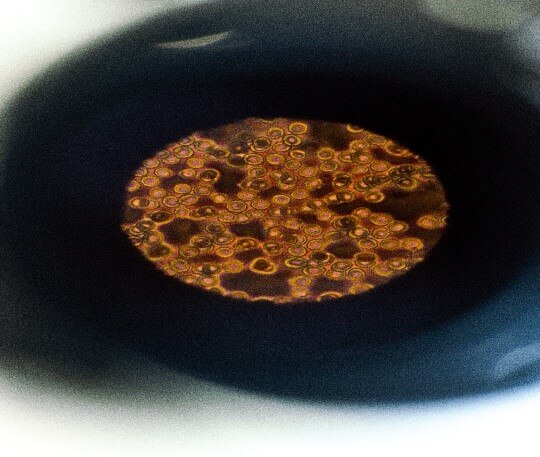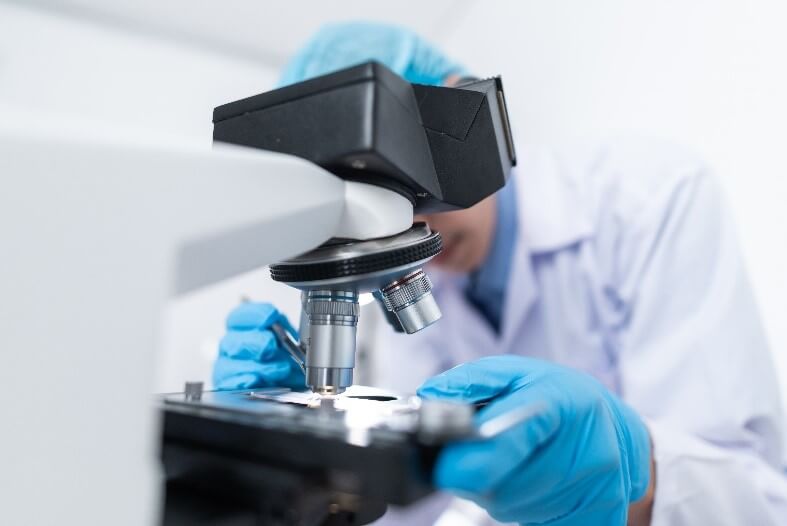Mycoplasma Contamination

Mycoplasma are prokaryotic cellular organisms and the smallest cells capable of autonomous growth. Mycoplasma lack a rigid cell wall and they are pleiomorphic which means they can change size and shape. The cells size range is from 0.15 to 1.0 µm. The organisms are sensitive to oxygen tension and osmotic shock and they can pass through bacterial filters. Due to them being able to pass through bacterial filters, mycoplasma can cause economically important infections in mammary glands, respiratory tract, genital tracts and synovia in animals like sheep, goats, pigs, etc.
Mycoplasma Infection:
Mycoplasma infections do not always result in microscopic alterations of cells or media. The infections may grow slowly, and the host cells are not destroyed which can still alter the metabolism of the culture in subtle ways. The way mycoplasma contamination occurs in the cell cultures is not certain in any instance. In studies by Barile, it is stated that mycoplasma contamination of cultures is the result of multiple factors involving the investigator, the type of cell culture and the media (Barile, et al., 1978). Mycoplasma-infected cultures are the most common source of further contamination, according to McGarrity (1976). A list of recommendation for preventing and controlling mycoplasma contamination was created by him and includes:

- Using primary cultures over propagated cell types
- Using heat-inactivated serum
- Avoiding direct mouth pipetting
- Enforcing good aseptic techniques.
- The use of antibiotic free media
- Using protective clothing by technicians
- Use premium cell biology vendors such as BioConcept Ltd
- Using prophylactic tools.
- Using high concentrations of gentamicin to reduce contamination
Want to Find Out More about Mycoplasma Contamination?
Contact us today, our team will be happy to help with any questions you may have.
Contact us Today! |
